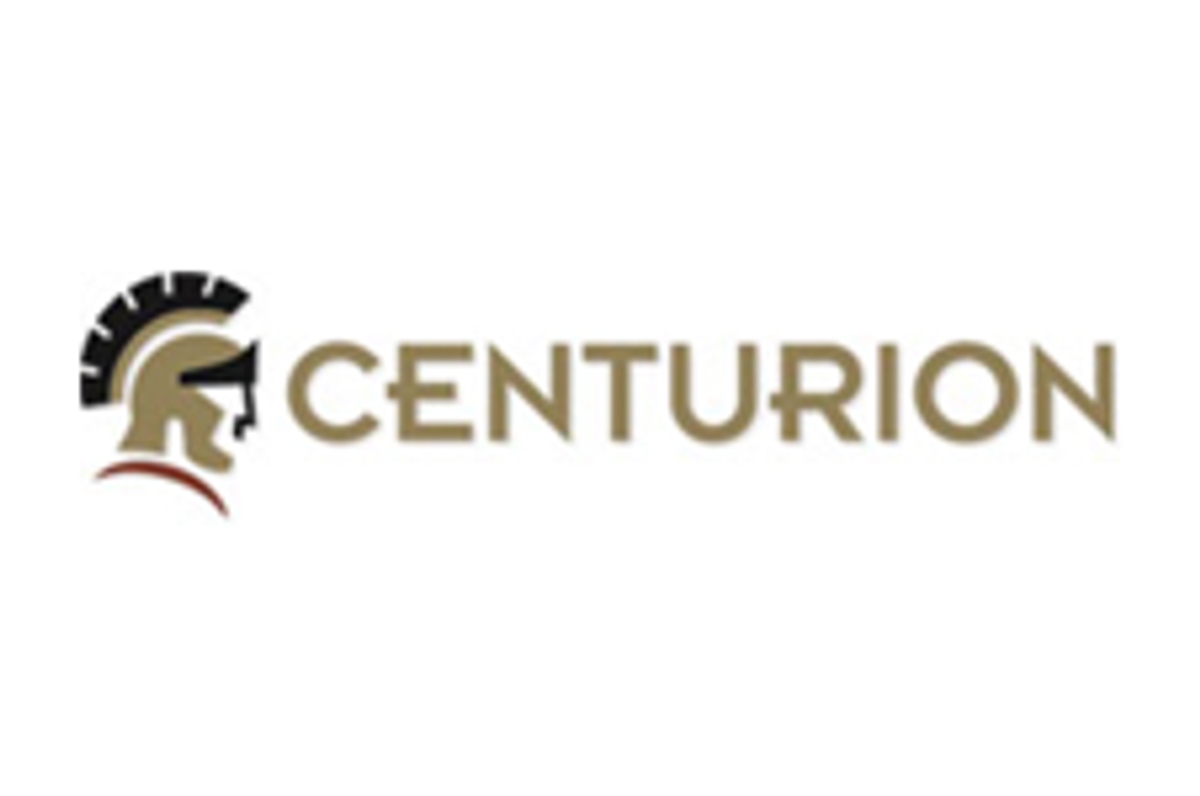
April 29, 2024
P2 Gold Inc. ("P2" or the "Company") (TSXV: PGLD) (OTCQB: PGLDF) reports the completion of the April 2024 Updated Mineral Resource Estimate ("2024 MRE") for its wholly-owned Gabbs Project located on the Walker-Lane Trend in Nevada. The 2024 MRE was prepared by P&E Mining Consultants Inc. ("P&E") in accordance with National Instrument 43-101, Standards of Disclosure for Mineral Projects ("NI 43-101").
"As part of the 2024 Preliminary Economic Assessment underway for the Gabbs Project, we have updated the operating costs for both heap leach and mill processing," commented Joe Ovsenek, President and CEO of P2. "These operating costs have been used to update the pit-constrained Mineral Resource for the Gabbs Project. We now have substantially more mineralized material above the cut-off grades for the heap leach and mill. The known zones of mineralization at Gabbs all outcrop and remain open along strike and at depth, with excellent potential for non-outcropping zones of mineralization."
Gabbs Project 2024 Mineral Resource Estimate
The 2024 MRE was prepared by P&E based on four diamond drill holes and 27 reverse circulation drill holes completed by the Company in 2021 and 2022 and 494 drill holes completed by prior Gabbs Project operators between 1970 and 2011.
The main difference between the 2024 MRE and the June 2023 Mineral Resource Estimate (see news release dated September 11, 2023) is the decrease in the oxide cut-off grade to 0.27 g/t gold equivalent from 0.28 g/t gold equivalent and a decrease in the sulphide cut-off grade to 0.36 g/t gold equivalent from 0.44 g/t gold equivalent. As a result, both oxide and sulphide Mineral Resources have increased.
Table 1: 2024 Gabbs Project Pit Constrained Mineral Resource Estimate(1)(2)(3)(4)
Mineral |
| Gold Grade | Silver Grade | Copper |
|
|
| Gold Eq. Grade |
|
Indicated | 49.8 | 0.45 | 1.36 | 0.27 | 0.72 | 2.17 | 297.0 | 0.73 | 1.16 |
Inferred | 112.2 | 0.35 | 0.84 | 0.23 | 1.28 | 3.04 | 567.1 | 0.63 | 2.29 |
(1) | Mineral Resources which are not Mineral Reserves do not have demonstrated economic viability. The estimate of Mineral Resources may be materially affected by environmental, permitting, legal, title, taxation, sociopolitical, marketing, or other relevant issues. |
(2) | The Inferred Mineral Resource in this estimate has a lower level of confidence than that applied to an Indicated Mineral Resource and must not be converted to a Mineral Reserve. It is reasonably expected that the majority of the Inferred Mineral Resource could be upgraded to an Indicated Mineral Resource with continued exploration. |
(3) | The Mineral Resources in this press release were estimated using the Canadian Institute of Mining, Metallurgy and Petroleum (CIM), Standards on Mineral Resources and Reserves, Definitions (2014) and Best Practices (2019) prepared by the CIM Standing Committee on Reserve Definitions and adopted by CIM Council. |
(4) | The Mineral Resource Estimate was prepared for a potential open pit scenario using a constraining pit shell (with 50 degree slopes) at respective 0.27 g/t and 0.36 g/t oxide and sulphide gold equivalent cut-off grades. The gold equivalent cut-off grades were derived from US$1,838/oz gold, US$3.96/lb copper, US$1.60/tonne mining cost, and US$11.40 and $19.60/tonne respective oxide and sulphide processing costs; US$1.00/tonne G&A cost, 78.3% and 95.2% respective Au oxide and sulphide process recoveries; and 48% and 78% respective Cu oxide and sulphide process recoveries. |
(5) | Silver not included in gold equivalent calculation. |
Oxide Mineral Resources at Gabbs consist of Indicated Mineral Resources of 760,000 ounces of gold equivalent (33.7 million tonnes grading 0.46 g/t gold, 1.43 g/t silver and 0.26% copper) and Inferred Mineral Resources of 1,040,000 ounces of gold equivalent (52.0 million tonnes grading 0.39 g/t gold, 0.81 g/t silver and 0.21% copper). See Table 2 below for a breakdown of the oxide and sulphide Mineral Resources.
Table 2: 2024 Gabbs Project Pit Constrained Mineral Resource Estimate by Rock Group(1)(2)
|
| Gold Grade | Silver Grade | Copper Grade |
|
|
| Gold Eq. Grade | Gold Eq. |
Oxide | 33.7 | 0.46 | 1.43 | 0.26 | 0.50 | 1.55 | 196.6 | 0.70 | 0.76 |
Oxide | 52.0 | 0.39 | 0.81 | 0.21 | 0.66 | 1.36 | 243.8 | 0.62 | 1.04 |
Sulphide | 16.1 | 0.43 | 1.21 | 0.28 | 0.22 | 0.62 | 100.4 | 0.77 | 0.40 |
Sulphide | 60.2 | 0.32 | 0.87 | 0.24 | 0.62 | 1.68 | 323.3 | 0.65 | 1.25 |
(1) | See Notes 1 to 4 to Table 1 above. |
(2) | Tables may differ and not sum due to rounding. |
Qualified persons
The 2024 MRE was prepared under the supervision of Eugene Puritch, P.Eng., FEC, CET of P&E Mining Consultants Inc., who is an Independent Qualified Person, as defined by NI 43-101. Mr. Puritch has reviewed and approved the technical contents of this news release relating to the 2024 MRE.
Ken McNaughton, M.A.Sc., P.Eng., Chief Exploration Officer, P2 Gold, is the Qualified Person, as defined by NI 43-101, responsible for the Gabbs Project. Mr. McNaughton has reviewed, verified, and approved the scientific and technical information in this news release.
About P2 Gold Inc.P2 Gold is a mineral exploration and development company focused on advancing precious metals and copper discoveries and acquisitions in the western United States and British Columbia.
Neither the TSX Venture Exchange (the "Exchange") nor its Regulation Services Provider (as that term is defined in the policies of the Exchange) accepts responsibility for the adequacy or accuracy of this release.
Forward Looking Information
This press release contains "forward-looking information" within the meaning of applicable securities laws that is intended to be covered by the safe harbours created by those laws. "Forward-looking information" includes statements that use forward-looking terminology such as "may", "will", "expect", "anticipate", "believe", "continue", "potential" or the negative thereof or other variations thereof or comparable terminology. Such forward-looking information includes, without limitation, information with respect to the Company's expectations, strategies and plans for the Gabbs Project including the Company's planned expenditures and exploration activities.
Forward-looking information is not a guarantee of future performance and is based upon a number of estimates and assumptions of management at the date the statements are made. Furthermore, such forward-looking information involves a variety of known and unknown risks, uncertainties and other factors which may cause the actual plans, intentions, activities, results, performance or achievements of the Company to be materially different from any future plans, intentions, activities, results, performance or achievements expressed or implied by such forward-looking information. See "Risk Factors" in the Company's annual information form for the year ended December 31, 2023, dated March 21, 2024 filed on SEDAR+ at www.sedarplus.ca for a discussion of these risks.
The Company cautions that there can be no assurance that forward-looking information will prove to be accurate, as actual results and future events could differ materially from those anticipated in such information. Accordingly, investors should not place undue reliance on forward-looking information.
Except as required by law, the Company does not assume any obligation to release publicly any revisions to forward-looking information contained in this press release to reflect events or circumstances after the date hereof.
PGLD:CA
The Conversation (0)
15h
What Was the Highest Price for Gold?
Gold has long been considered a store of wealth, and the price of gold often makes its biggest gains during turbulent times as investors look for cover in this safe-haven asset.The 21st century has so far been heavily marked by episodes of economic and sociopolitical upheaval. Uncertainty has... Keep Reading...
18h
TomaGold Intercepts 6.68% ZnEq (1.57 g/t AuEq) over 48.05 Metres, including 39.03% ZnEq (9.15 g/t AuEq) over 2.90 Metres at Berrigan Mine and Identifies a Major Hydrothermal Footprint
TOMAGOLD CORPORATION (TSXV: LOT; OTCPK: TOGOF) (“TomaGold” or the “Company”) is very pleased to announce the initial assay results from drill holes TOM-25-009 and TOM-25-010 at its Berrigan Mine project located in the Chibougamau mining camp, in Québec. These are the first two of seven holes for... Keep Reading...
22 December
Armory Mining Engages Castello Q Exploration for Ammo Antimony-Gold Work Program
(TheNewswire)Vancouver, B.C. TheNewswire - December 22, 2025 Armory Mining Corp. (CSE: ARMY) (OTC: RMRYF) (FRA: 2JS) (the "Company" or "Armory") a resource exploration company focused on the discovery and development of minerals critical to the energy, security and defense sectors, is pleased to... Keep Reading...
19 December
Armory Mining Announces Closing of Flow-Through Financing
(TheNewswire) THIS NEWS RELEASE IS NOT FOR DISTRIBUTION TO U.S. NEWSWIRE SERVICES OR FOR DISSEMINATION IN THE UNITED STATES Vancouver, B.C. December 19, 2025 TheNewswire - Armory Mining Corp. (CSE: ARMY) (OTC: RMRYF) (FRA: 2JS) (the "Company" or "Armory") a resource exploration company focused... Keep Reading...
18 December
More high grade gold intercepts at BMT3 in Boundiali
Aurum Resources (AUE:AU) has announced More high grade gold intercepts at BMT3 in BoundialiDownload the PDF here. Keep Reading...
Latest News
Interactive Chart
Latest Press Releases
Related News
TOP STOCKS
American Battery4.030.24
Aion Therapeutic0.10-0.01
Cybin Corp2.140.00




